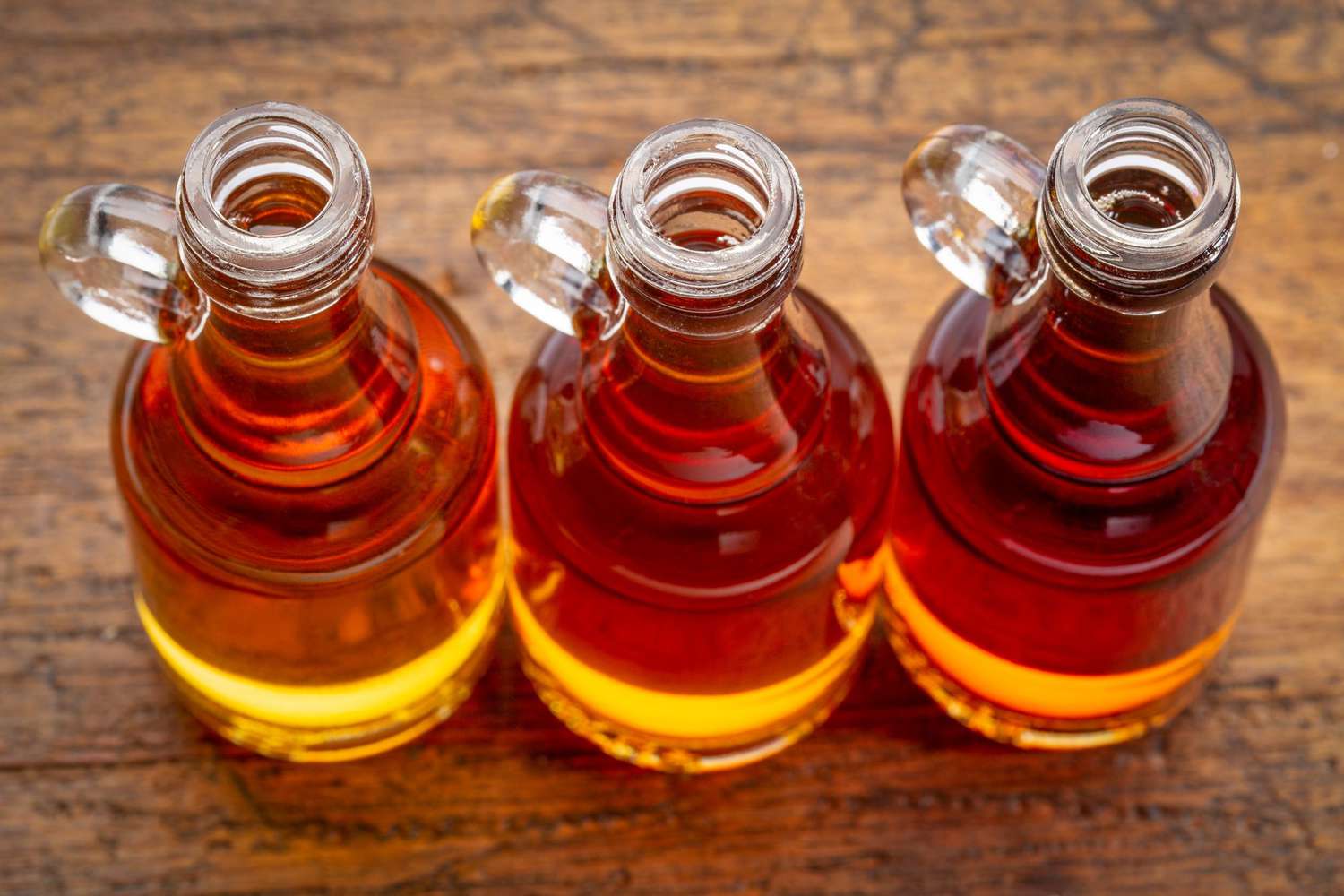Food & Climate
U.S. president Donald Trump tariff threats could fuel food fraud, especially fake Maple Syrup, often called Canada’s “liquid gold,” has long been a target for fraudulent activities, such as the dilution or substitution with other syrups, due to its high demand.
Maple is a tree or shrub with lobed leaves, winged fruits, and colorful autumn foliage, grown as an ornamental or for its timber or syrupy sap, according to a report seen by “Food & Climate” platform.
Food fraud, or economically motivated adulteration, is the deliberate misrepresentation of food for economic gain. This can include the substitution, dilution, addition and/or the removal of ingredients. Mislabeling of products is another form of food fraud that can happen at any point in the supply chain, from farm to fork.
Food fraud is a multi-billion-dollar industry and poses serious risks. It can harm consumer health, tarnish brand reputations and value, jeopardize the livelihood of legitimate producers and even hamper biodiversity and conservational efforts.
Maple syrup production
The threats of tariffs on Canadian goods by the U.S., which includes maple syrup and equipment used to make it, has raised concerns on both sides of the border about price increases and supply shortages. Canada produces more than 70% of the world’s maple syrup and Québec is the capital of this production. In 2024, the province exported around $450 million worth of maple syrup to the U.S.
Historically, food fraud has increased during harsh economic times, growing financial pressures, pandemics, climate incidents, wars, supply chain disruptions or any other event that destabilizes the balance between food supply and demand. These circumstances often increase food prices, creating an incentive for fraudsters to exploit the system.

From 2020 to 2024, the world faced significant supply chain disruptions due to the covid-19 pandemic, regional wars and significant climate events. Unsurprisingly, food fraud cases have increased tenfold, according to recent estimations. Threats of higher tariffs could further contribute to this problem by increasing the likelihood that fraudsters will substitute high-value foods for lower-value products.
Given what we have learned from past cases of food fraud, threats of increased tariffs cause uncertainty in the supply chain, increasing the risk of fraudulent maple syrups from entering the market. To combat this threat, there is a need for rapid, real-time and cost-effective methods to test maple syrup for authenticity.
Since the 1980s, various methods and tools have been developed or used to detect maple syrup adulteration. However, food fraudsters continuously adapt to evade detection, making it progressively more difficult to test for maple syrup adulteration. The more complex the testing methods, the more difficult they are to circumvent.
Traditionally, maple syrup quality testing involves measuring the dissolved sugar content in syrup through a unit of measurement known as degrees Brix. One degree Brix is equivalent to 1% sugar. However, applications may be limited if unknown or non-conventional adulterants are used.
Testing maple syrup for glowing compounds
A recent study by our research team at the University of Guelph’s Corradini Lab explored how fluorescence fingerprints can be used to detect maple syrup adulteration. Fluorescence fingerprinting works by examining how internal molecules in maple syrup glow when exposed to UV and visible light. These unique, glowing fingerprints allow for the detection of markers or features that may be indicative of maple syrup fraud.
Our study explored the adulteration of amber and dark maple syrups, with common maple syrup adulterants—namely beet, corn and rice syrups—at values ranging from one to 50%.
We mapped unique and distinctive features in the fluorescence fingerprints, which were then used for differentiating pure from adulterated syrups. When exposed to UV and visible light, maple syrup features changed depending on the type—beet, corn or rice syrups—and amount of adulterant.
Using the markers of maple syrup identity, we were able to apply AI to analyze multiple fluorescent features simultaneously. This allowed for the identification of pure maple syrups from adulterants, with accuracy ranging from 75 to 99%.

In fact, analyzing the fluorescence fingerprints of pure and adulterated syrups with the assistance of AI and machine learning techniques improved detection by up to 30%, and identified adulterants at levels less than two per cent.
With the increased risk of food fraud due to threats of increased U.S. import tariffs on Canadian products, combining AI and maple syrup fingerprinting can detect maple syrup fraud. This will ensure that consumers receive safe, high-quality foods while protecting the identity of one of Canada’s most iconic products, according to “Gizmodo“.

